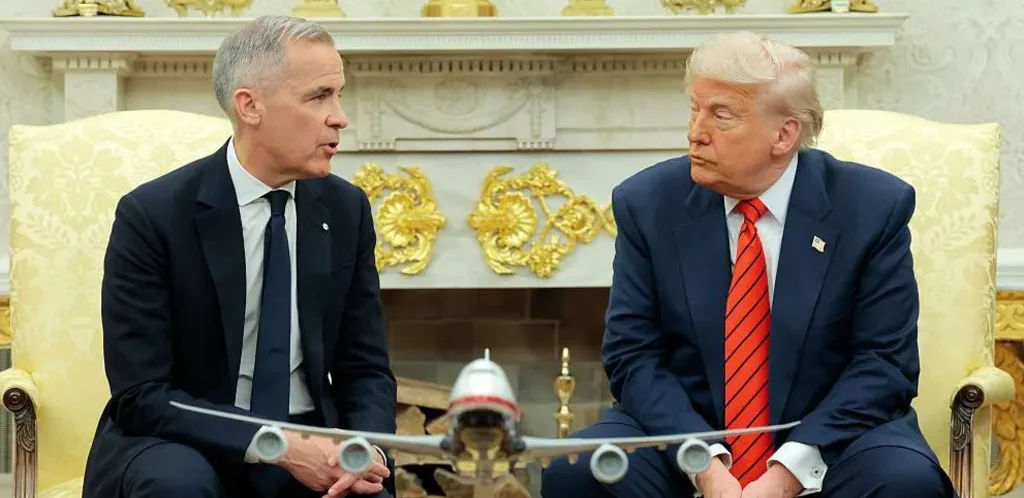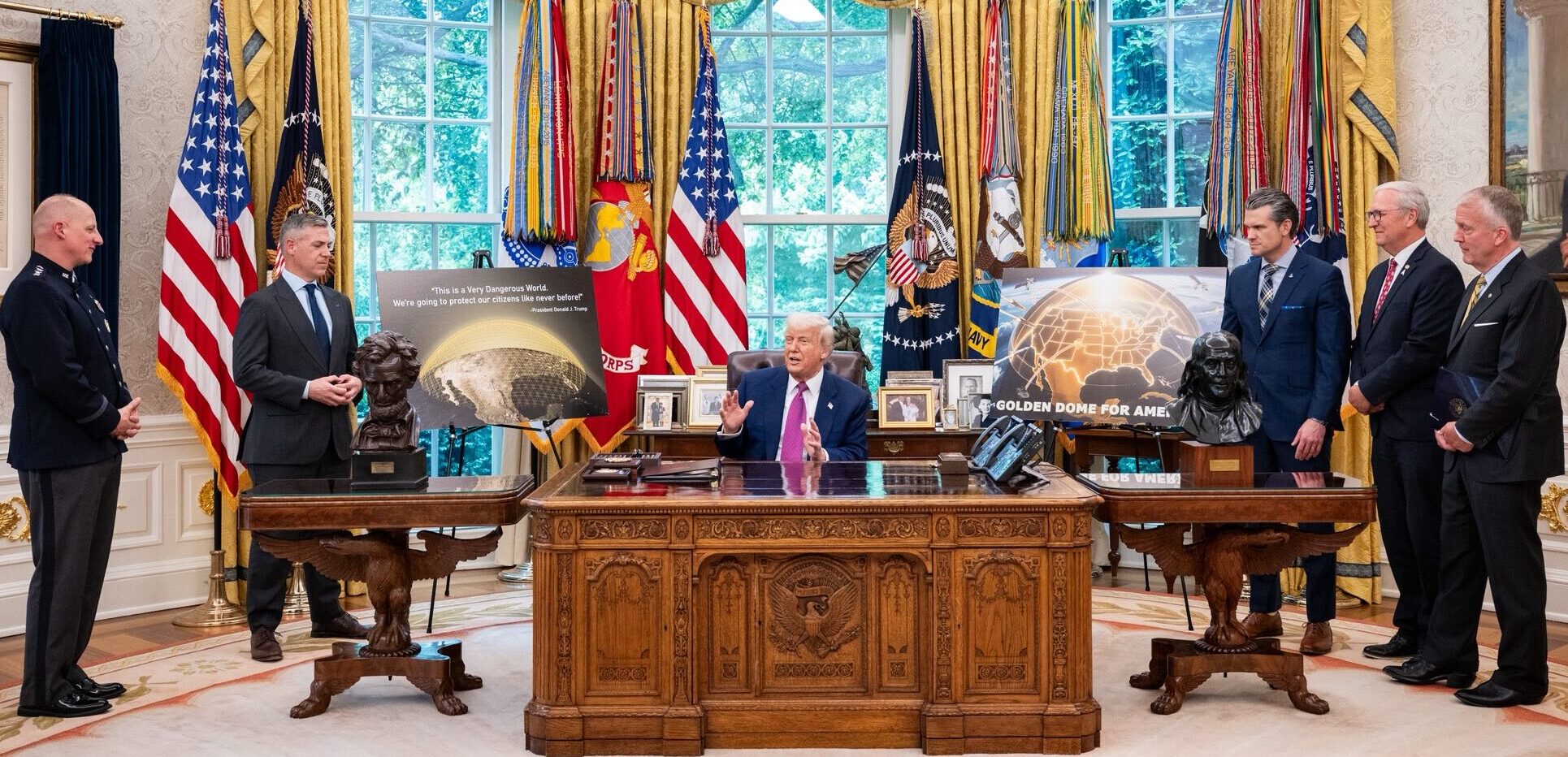The United States and Canada are currently engaged in talks regarding Canada’s potential participation in the ambitious U.S. missile defense initiative known as the “Golden Dome.” Announced by U.S. President Donald Trump on May 20, 2025, the Golden Dome is a futuristic, multilayered missile defense system designed to intercept ballistic and hypersonic missiles from various trajectories, including those launched from space. The system is projected to cost approximately $175 billion and aims to be operational by 2029.

President Trump revealed that Canada has formally expressed interest in joining the Golden Dome program. He stated, “Canada has called us and they want to be a part of it,” emphasizing that the collaboration “automatically makes sense” given the shared defense interests of the two countries. Trump also assured that Canada would pay its “fair share” of the costs, and that the U.S. administration would work with Canada on pricing arrangements.
This development marks a significant evolution in U.S.-Canada defense relations. While Canada and the U.S. have long cooperated through the North American Aerospace Defense Command (NORAD), which monitors and defends North American airspace, Canada has historically not participated in the U.S. ballistic missile defense system. NORAD’s current mandate allows Canada to help detect missile threats but leaves the authority to engage ballistic missiles solely to the U.S. This new proposal would deepen Canada’s role beyond surveillance to active participation in missile interception capabilities.
The Golden Dome system itself is inspired by Israel’s Iron Dome but is far more expansive and technologically advanced. It integrates ground-based and space-based sensors and interceptors capable of neutralizing threats at multiple stages of missile flight, including pre-launch detection and interception of hypersonic weapons and fractional orbital bombardment systems (FOBS). These latter threats represent emerging challenges, as they can travel at speeds exceeding sound and may be launched from space, making traditional missile defense systems inadequate. The Golden Dome’s centralized command structure is designed to coordinate these diverse components effectively.
The inclusion of Canada is strategically important, particularly in light of regional security concerns such as threats emerging in the Arctic and the broader North American region. Former Canadian Defense Minister Bill Blair has acknowledged the importance of staying abreast of regional developments and potential threats, which aligns with the rationale for Canada’s interest in the Golden Dome.
However, the financial and political implications of Canada joining the program remain under discussion. The U.S. Congressional Budget Office has projected that the space-based elements of the Golden Dome could cost upwards of $542 billion over 20 years, significantly higher than initial estimates. Canada’s contribution and the specifics of its obligations have yet to be clarified. Furthermore, Canada’s government has not immediately responded to Trump’s announcement, leaving details on how this cooperation would integrate with existing defense frameworks and what new responsibilities Canada would assume still uncertain.
The proposed partnership also comes amid ongoing U.S. criticism of Canada’s defense spending and broader trade tensions, suggesting that the Golden Dome cooperation could serve as a platform to reinforce bilateral defense ties despite these challenges.
In conclusion, Canada’s potential involvement in the U.S. Golden Dome missile defense system represents a pivotal moment in North American defense collaboration. It would mark a shift from Canada’s traditional role as a surveillance partner to an active participant in missile defense. The system’s advanced capabilities promise a significant upgrade in continental defense against evolving missile threats, but the financial costs and political negotiations ahead are substantial. As discussions continue, both countries appear committed to strengthening their defense partnership to address emerging global security challenges.

